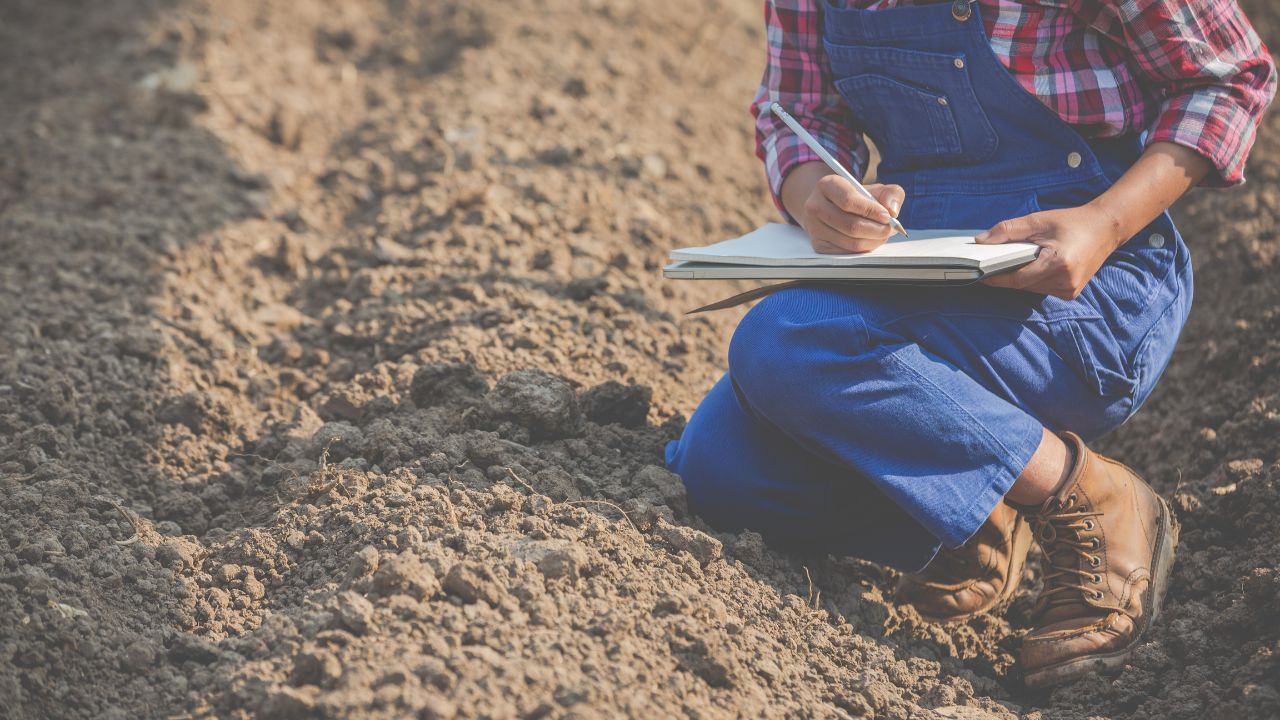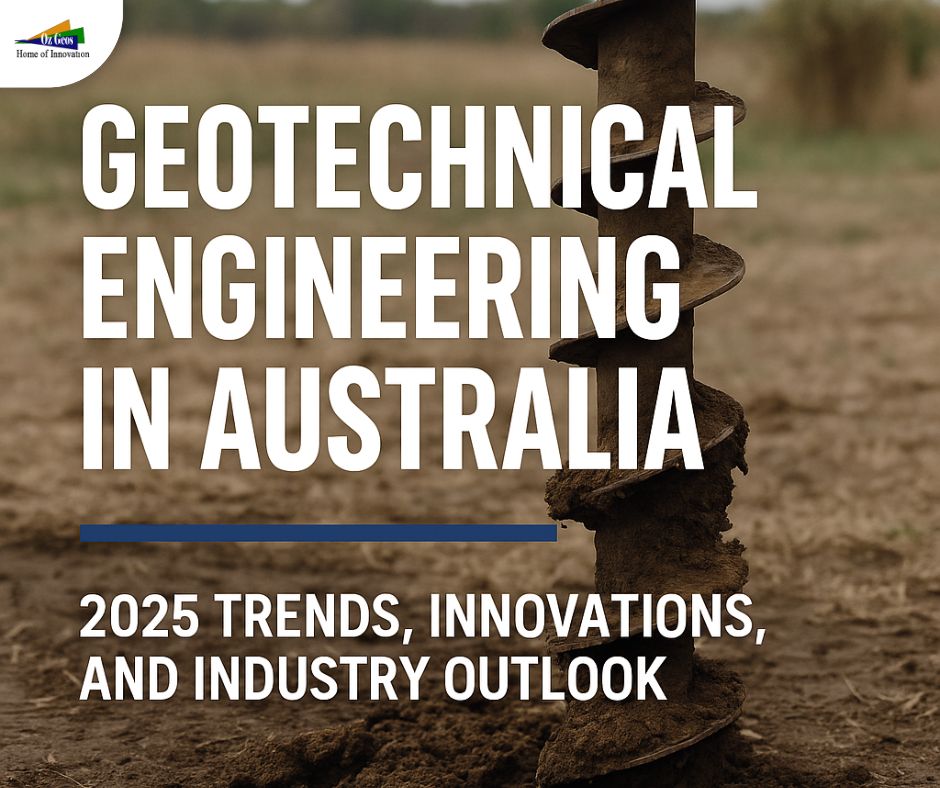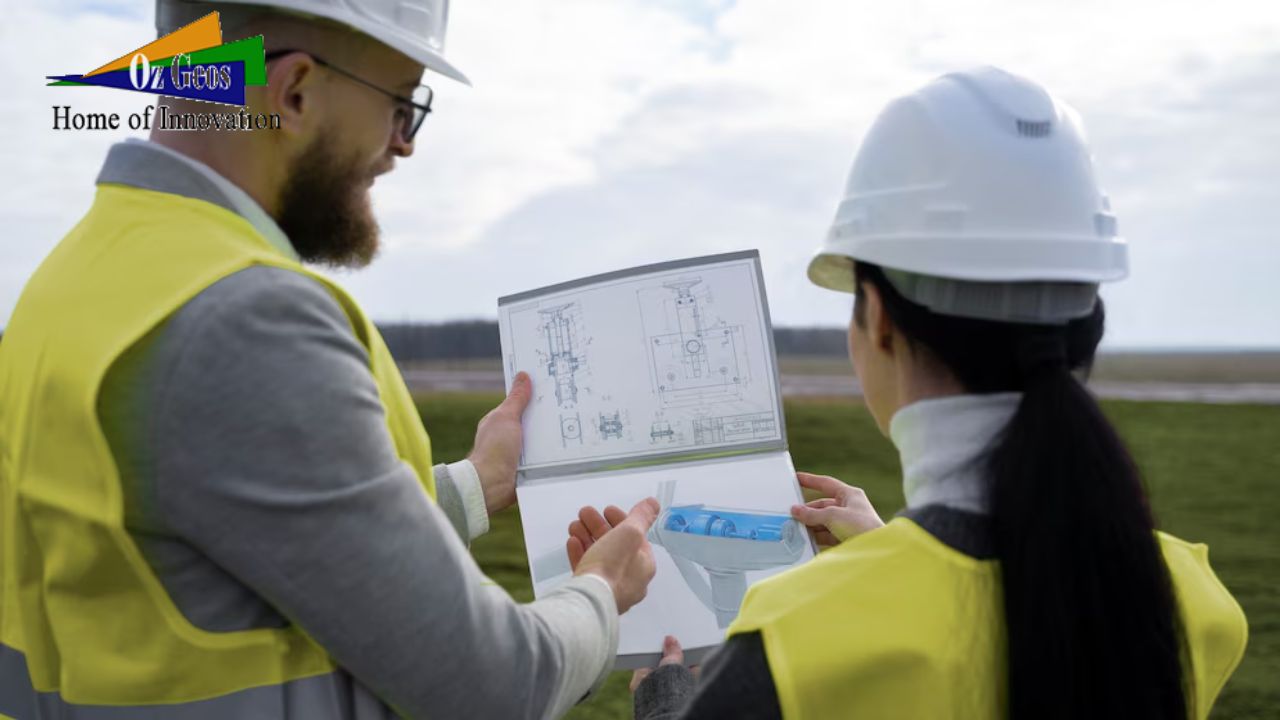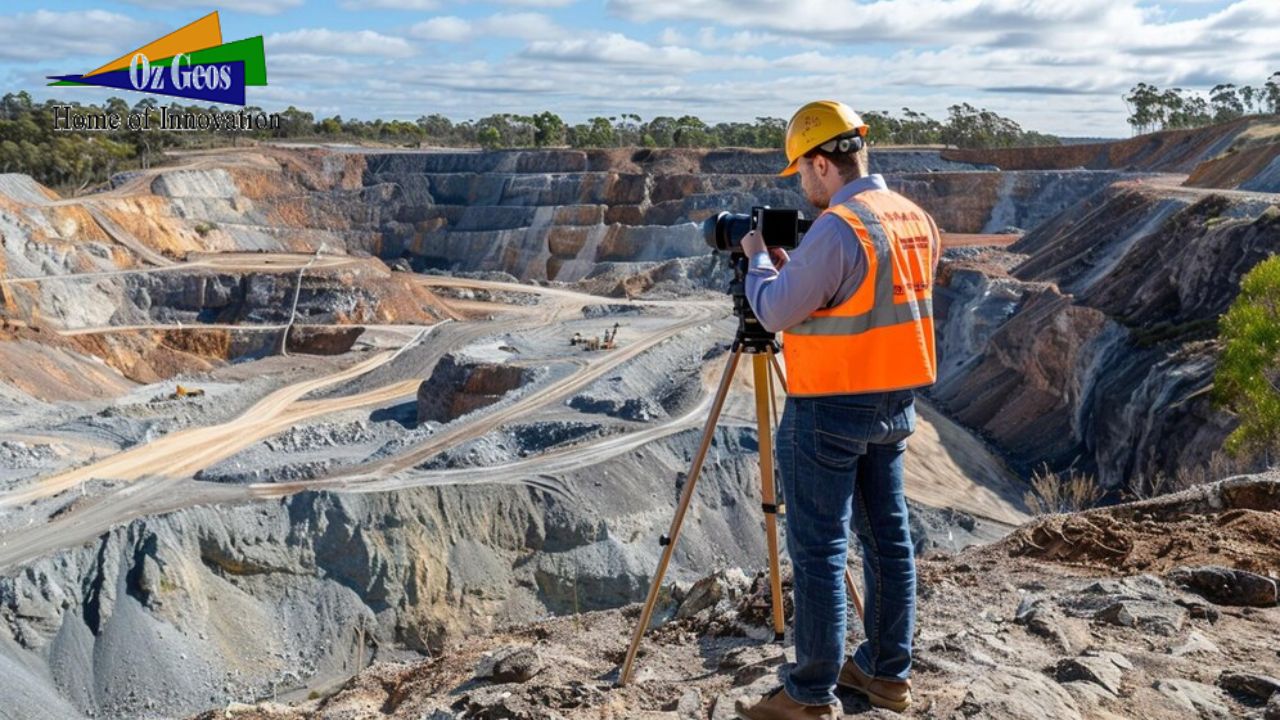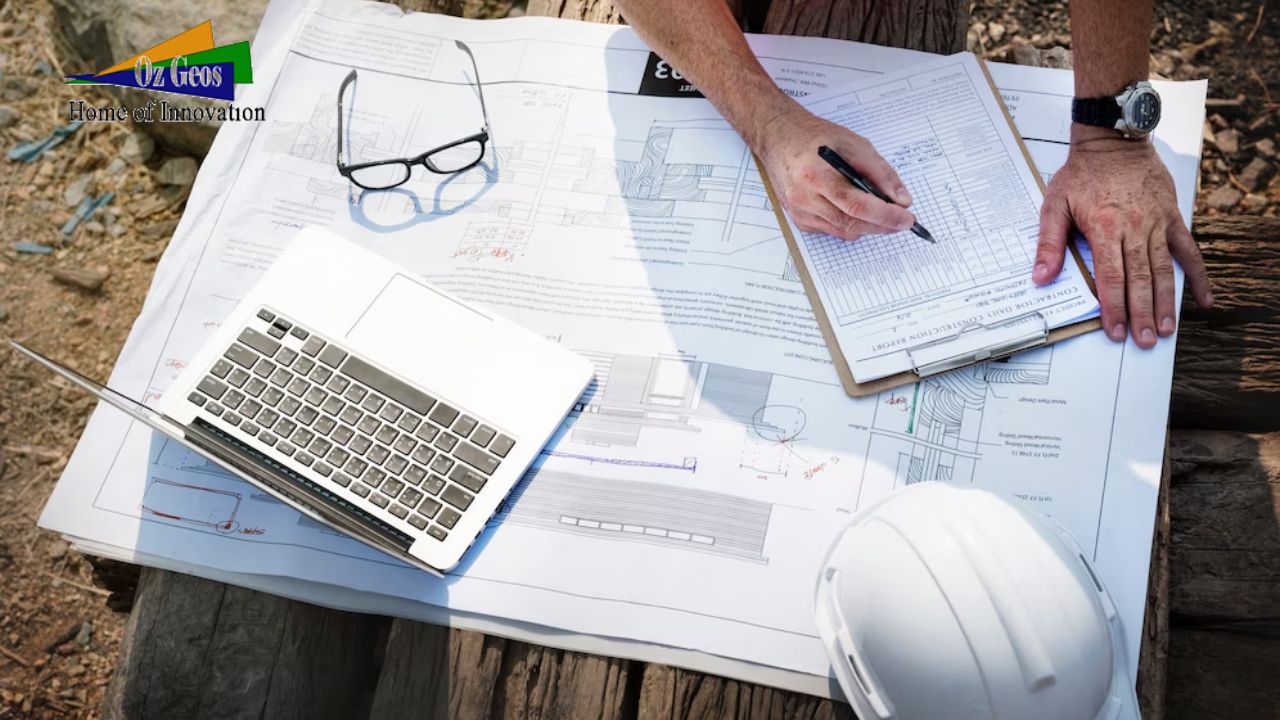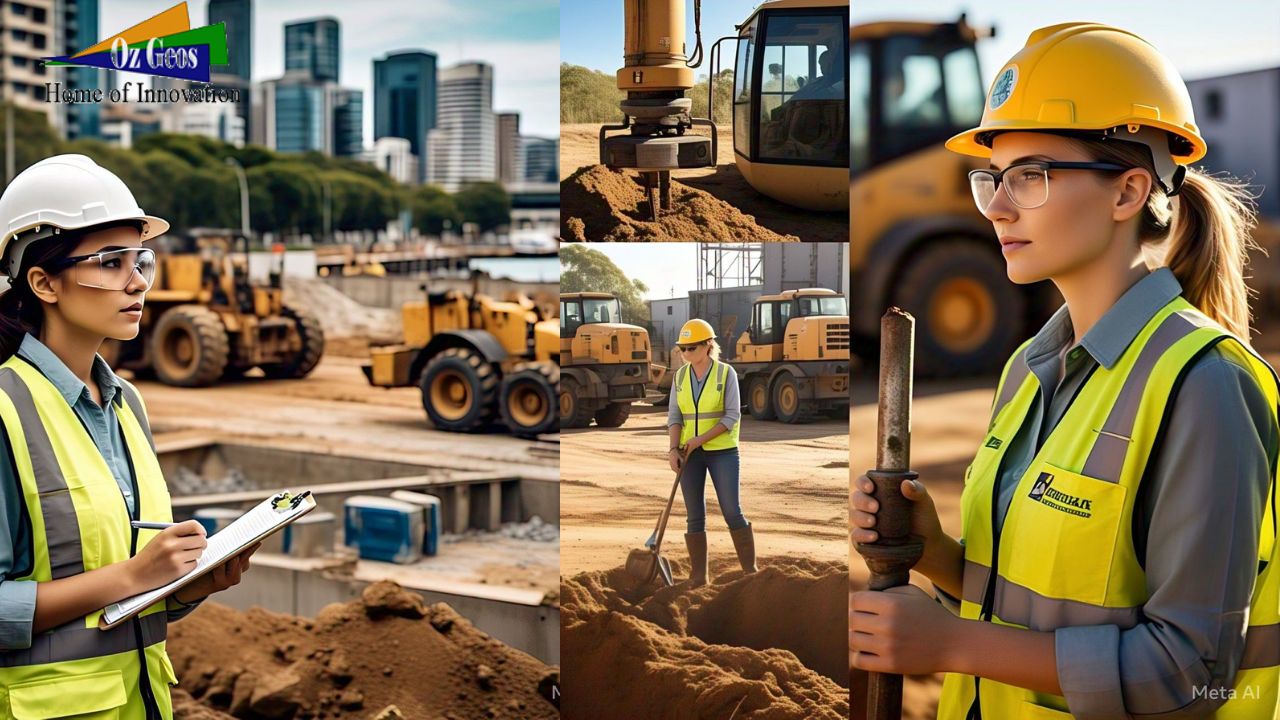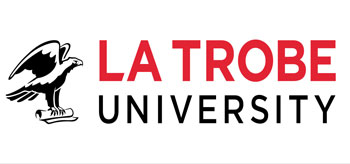Ground Improvement Techniques: Enhancing Melbourne’s Construction Foundations
In the dynamic city of Melbourne, where architectural brilliance meets urban expansion, the success of construction projects hinges on the strategic implementation of ground improvement techniques. These methods play a pivotal role in ensuring stable foundations, a critical requirement given Melbourne’s diverse and challenging soil conditions. Let’s delve deeper into the world of ground improvement, exploring both traditional and innovative techniques that contribute to the resilience and longevity of structures in this bustling metropolis.
Introduction
A. Brief Overview of Ground Improvement Techniques
Construction projects in Melbourne are confronted with the complex task of navigating through varying soil compositions. Ground improvement techniques entail the deliberate modification of soil properties to enhance its engineering performance, ensuring that it can adequately support the structures erected upon it.
B. Importance of Ground Improvement in Melbourne Construction Projects
Melbourne’s construction landscape demands a meticulous understanding of soil conditions and the application of suitable ground improvement techniques. The city’s success hinges on stable foundations that can withstand the unique challenges posed by its diverse geological characteristics.
Common Ground Improvement Techniques
A. Compaction
1. Explanation of Compaction
Compaction stands as a fundamental technique involving the reduction of soil voids through the application of mechanical energy. Melbourne, with its diverse soil types, widely relies on compaction to increase soil density, forming a robust base for construction.
2. Applications in Melbourne’s Construction
From residential developments to large-scale infrastructure projects, compaction emerges as a versatile technique in providing a stable foundation in Melbourne’s challenging soil conditions.
B. Grouting
1. Definition of Grouting
Grouting, the injection of flowable material into the soil, becomes especially valuable in Melbourne’s areas with loose or poorly compacted soil. It’s a meticulous process aiming to enhance soil properties and stability.
2. Instances Where Grouting is Beneficial in Melbourne
Melbourne’s coastal regions, susceptible to erosion, find grouting instrumental in stabilizing the soil and preventing subsidence, safeguarding infrastructure against environmental challenges.
C. Deep Dynamic Compaction
1. Overview of Deep Dynamic Compaction
Utilizing heavy machinery to densify soil layers, deep dynamic compaction proves effective in addressing challenges posed by loose or liquefiable soils in Melbourne. The method imparts stability to the ground, crucial for supporting heavy structures.
2. Successful Cases in Melbourne
High-rise buildings in Melbourne’s central business district serve as shining examples where deep dynamic compaction has been successfully employed, ensuring enhanced soil stability and long-lasting structural integrity.
D. Vibro Compaction
1. Explanation of Vibro Compaction
Vibro compaction involves the use of vibratory probes to compact soil, reducing its settlement potential. In Melbourne, where soft clayey soils prevail, this technique has proven highly effective, particularly in infrastructure projects like bridge construction.
2. Applications and Advantages in Melbourne’s Soil Conditions
Infrastructure projects in Melbourne, such as the construction of bridges, benefit significantly from vibro compaction due to its ability to increase soil bearing capacity, ensuring the longevity of the structures.
Innovative Ground Improvement Methods
A. Vacuum Consolidation
1. How Vacuum Consolidation Works
Vacuum consolidation, an innovative technique, involves the application of negative pressure to expedite the consolidation process. In Melbourne’s fast-paced construction projects, this method provides a quicker alternative for ground stabilization without compromising quality.
2. Advantages Over Traditional Techniques in Melbourne
The urban landscape of Melbourne, characterized by rapid construction needs, finds vacuum consolidation advantageous in accelerating ground stabilization without compromising the structural integrity of the foundation.
B. Biopolymer Treatment
1. Introduction to Biopolymer Treatment
Biopolymer treatment introduces environmentally friendly agents to improve soil properties. Melbourne, with its commitment to sustainability, enthusiastically embraces this method for its eco-friendly attributes.
2. Eco-friendly Aspects and Suitability for Melbourne Projects
In areas with stringent environmental regulations, such as Melbourne, biopolymer treatment aligns seamlessly with the city’s commitment to green construction practices, offering a sustainable alternative for ground improvement.
Case Studies
A. High-profile Melbourne Construction Projects
1. Utilization of Ground Improvement Techniques
Iconic projects like the Melbourne Metro Tunnel exemplify the strategic use of ground improvement techniques to overcome soil challenges. The integration of these methods ensures the successful realization of ambitious construction projects.
2. Positive Outcomes and Impact on Project Timelines
The incorporation of ground improvement techniques consistently results in reduced construction timelines and enhanced structural integrity, showcasing their indispensable role in Melbourne’s construction success stories.
Challenges and Considerations
A. Environmental Considerations
1. Addressing Environmental Impact in Melbourne
As Melbourne aims for sustainable construction practices, ground improvement methods need to align with environmental standards to minimize ecological impact. The careful selection of eco-friendly techniques becomes imperative in preserving the city’s natural resources.
2. Sustainable Ground Improvement Techniques
The integration of sustainable techniques, such as biopolymer treatment, not only addresses environmental concerns but also contributes to Melbourne’s broader goal of creating eco-conscious and resilient infrastructure.
B. Cost Implications
1. Balancing Cost-effectiveness with Quality in Melbourne Projects
While cost remains a significant factor in construction projects, achieving a delicate balance between cost-effectiveness and ensuring high-quality results is paramount in Melbourne’s construction industry.
2. Long-term Benefits Outweighing Initial Expenses
Investing in ground improvement techniques proves economically viable in the long run, with the extended lifespan of structures outweighing the initial expenses. Melbourne recognizes the value of these long-term benefits in building a sustainable and enduring urban environment.
Future Trends
A. Technological Advancements in Ground Improvement
1. Emerging Technologies Relevant to Melbourne’s Construction Landscape
Melbourne’s construction sector is on the brink of benefiting from emerging technologies such as advanced sensors and real-time monitoring, offering unprecedented insights into soil behavior. These innovations promise to revolutionize the efficiency and precision of ground improvement techniques in the city.
2. Anticipated Developments in the Near Future
As technology continues to advance, Melbourne can anticipate groundbreaking developments in ground improvement techniques that will further enhance the efficiency and sustainability of construction projects. From AI-assisted soil analysis to automated ground improvement processes, the future holds exciting possibilities for Melbourne’s construction landscape.
In conclusion, ground improvement techniques in Melbourne are not just construction methodologies; they are the bedrock of a city that continually pushes the boundaries of innovation. The careful selection and application of these techniques ensure that Melbourne’s structures stand tall, resilient, and sustainable against the test of time. The city’s commitment to balancing innovation, sustainability, and economic viability in construction projects sets a benchmark for urban development worldwide.

